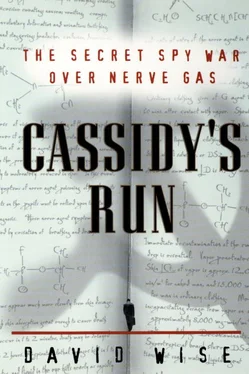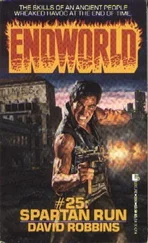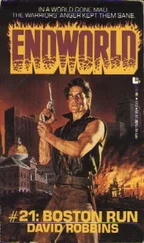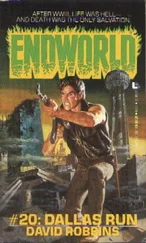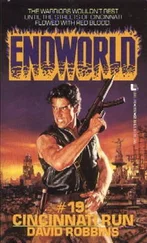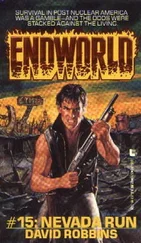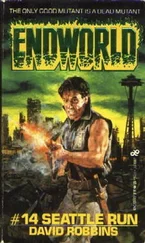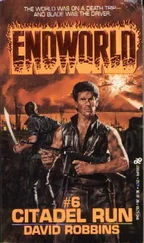But the plane crash was more than a torment for Parker, it was also a catalyst. He had been importuning the Justice Department for more than a year to act on the case, and now he intensified his efforts. The time had come to move, he argued, to close out the operation that had begun almost two decades earlier when Joe Cassidy was first dangled to the Russians on the volleyball court.
Moreover, the fatal accident itself posed a potential danger to the operation. Parker and others were alarmed that the crash of the Cessna might tip off the PALMETTOS to the fact that they were under surveillance. The remote lake in northern Minnesota where the plane had gone down was near where the Lopezes were camping. If the couple heard reports or read news stories about the crash and the loss of the two FBI agents, they might connect it to their presence in the area and try to flee.
Aware of this new danger, Parker made certain that the bureau continued to keep a close watch on the Lopezes. In Minnesota, Dennis Conway took over the PALMETTO case. He and Kirkland had been good friends; Conway had been one of the agents who came to break the news to Julie the night of the plane crash. Conway, who grew up in Sioux City, Iowa, had played football for Notre Dame. “We called him ‘No-Neck’ because he was built like a fireplug,” Phil Parker said. “He was an outstanding agent.”
Parker still hoped, as did Conway, that Lopez would lead the FBI to a spy or spies in the GRU’s network in North America. But it never happened, and the FBI was increasingly frustrated.
“They took some funny trips,” Parker said. “There were some suspicious activities. Their actions on some of the trips they took to northern Minnesota indicated they were watching for surveillance. But we never saw them clear a drop or meet anyone. We don’t know why they were driving to Canada when Mark was killed.”
To move the case forward Parker needed approval at a higher level. Although most Americans probably view the FBI as an all-powerful agency that can arrest spies when it wants to, in fact, in sensitive cases involving national security, the bureau takes its marching orders from the Justice Department.
And in 1977, that meant John L. Martin.
For twenty-four years, until he retired in 1997, Martin was the official who decided which spies to arrest and prosecute. He also orchestrated a number of East-West spy swaps during the cold war. Working in the shadows and unknown outside the closed world of intelligence, Martin chose which espionage cases would be prosecuted and make the front pages and the nightly news. The rest never became public. As head of the internal-security section of the department’s criminal division, he was the official who determined, in effect, whether the spies came in from the cold.
On the couch of his office at the Justice Department, Martin kept a stuffed wolf in sheep’s clothing, a gift from fellow prosecutors. Its meaning was unmistakable; secured to the wolf’s forehead was a red star.
Within the FBI, some officials regarded Martin as overly cautious; they felt he allowed the prosecution only of cases he was sure the government could win. Over his career, however, Martin had cleared the way for some big wins: John A. Walker, Jr., who headed the notorious family ring of navy spies that sold codes to the KGB, convicted and sentenced to life in prison; Jonathan Jay Pollard, convicted of spying for Israel and sentenced to life; Ronald Pelton, a former National Security Agency official who sold secrets to the KGB, sentenced to life; Richard Miller, the first FBI agent to be convicted of espionage, sentenced to life; Aldrich H. Ames, the CIA supermole, sentenced to life for betraying the CIA’s Soviet agents, causing ten to be executed; and Christopher Boyce and Andrew Lee, who sold satellite secrets to the Russians and whose story was told in the book and movie The Falcon and the Snowman —Lee was sentenced to life, Boyce to forty years.
Some got away. Edward Lee Howard, an ex-CIA officer who revealed the secrets of the agency’s Moscow operations to the KGB, escaped to the Soviet Union. And Felix Bloch, a State Department official suspected of spying for the KGB, was subjected to a media circus after a news leak identified him; he was dismissed from his job but never indicted.
Martin, raised in upstate New York, joined the FBI after he graduated from Syracuse University Law School in 1962. He investigated the mob in New Orleans, then was sent to Mississippi to assist in the probe of the 1964 murder of three civil-rights workers. He left the FBI in 1968 to join a Washington law firm, but three years later went back into the government as an attorney in the Justice Department. When he took over the internal-security section, few spies had been prosecuted; government intelligence agencies feared too many secrets might be revealed. Then, in 1980, Congress passed the Classified Information Procedures Act, which provided for ways to protect secrets in federal trials; under the law, judges can prohibit or limit the introduction of classified information in open court. The law had an impact. Seventy-six spies were prosecuted under Martin, all but one convicted.
“I’m a firm believer in giving them their full constitutional rights and then sending them to jail for a lifetime,” Martin said when he retired. [1] The Washington Post, July 31, 1997, p. A13.
But the tough-guy stance, as Phil Parker was to discover, did not apply in every instance; if Martin chose not to prosecute an espionage suspect, the public never got to know about the case.
Pushing hard for action against the PALMETTOS, Parker walked across the street from FBI headquarters in the J. Edgar Hoover Building to see Martin, whose office was not in the headquarters of the Justice Department but on Ninth Street. Martin turned the case over to Joseph Tafe, one of his staff attorneys.
A short, chubby man with sandy hair and glasses, Tafe at first seemed receptive to Parker’s entreaties. The FBI man became a frequent visitor to the Ninth Street building. To Parker’s dismay, however, the department seemed to be moving at a glacial pace.
In the spring of 1977, FBI headquarters had asked the Tampa office to find out if Joe Cassidy would be willing to testify in open court and to travel to Washington to confer with Justice Department attorneys. Cassidy agreed to both requests.
If there were any signs that the PALMETTOS were planning to escape, the bureau wanted authority to arrest them. Tafe began drafting a twelve-page criminal complaint to have ready in case the Lopezes tried to bolt. The complaint called on a federal magistrate to issue warrants for their arrests.
On the face of it, the government already had a strong case against the PALMETTOS. There were photographs of Lopez and his wife retrieving films of the documents, many marked TOP SECRET, that Cassidy had placed at the dead drops. And Danilin had assured Cassidy that he had received that material.
But the department was waffling on whether to prosecute on the basis of the copious evidence already in the hands of the government. In the course of the investigation, the FBI had wiretapped and videotaped the PALMETTOS and entered their apartments to place bugs. The Justice Department lawyers could foresee trouble in the courtroom over the bureau’s counterintelligence techniques. The entries, taps, and bugs would surely be challenged on Fourth Amendment grounds by the defense.
John Martin, Parker said, raised additional objections. “John argued there is nothing illegal in picking up a package per se. He said it was just an unusual form of communication; you don’t have to use the post office, you can leave things in rocks. And Martin said the information in the package had been cleared for transmission to the Soviets and therefore was not classified.”
Читать дальше
